Although some may find it disturbing to visit a graveyard while on vacation, we disagree. Graveyards can provide a refresher course on history, a stroll through a beautiful garden, or the greatest view of the city skyline.
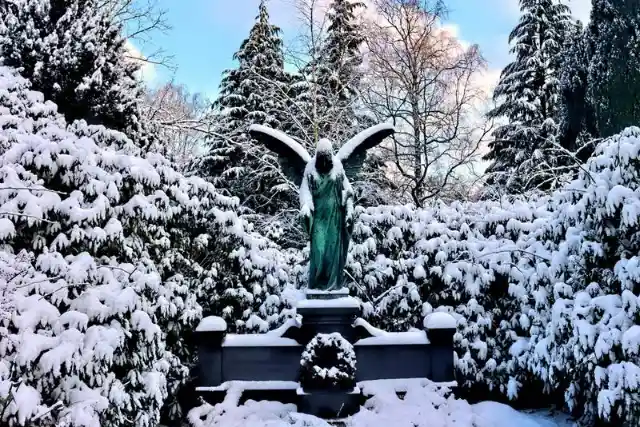
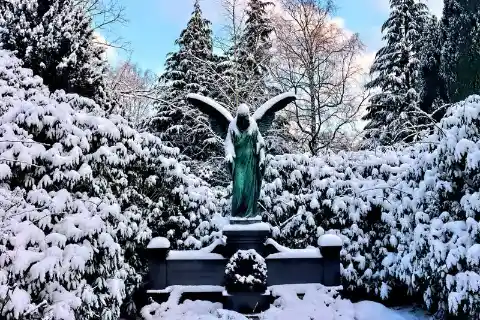
Some are renowned people's final resting places, some have truly odd memorials, and yet others simply give a really beautiful and peaceful walk. From the famous Pere Lachaise Cemetery in Paris to the lesser-known Okunoin Cemetery in Japan, here are ten of the world's most beautiful cemeteries.
Père-Lachaise Cemetery, Paris
This cemetery is the most visited in the world. It is home to the graves of great personalities such as Edith Piaf, Oscar Wilde, and Jim Morrison. It served as a model for numerous cemeteries across the world, featuring trees, marble, and a sea of tombstones.
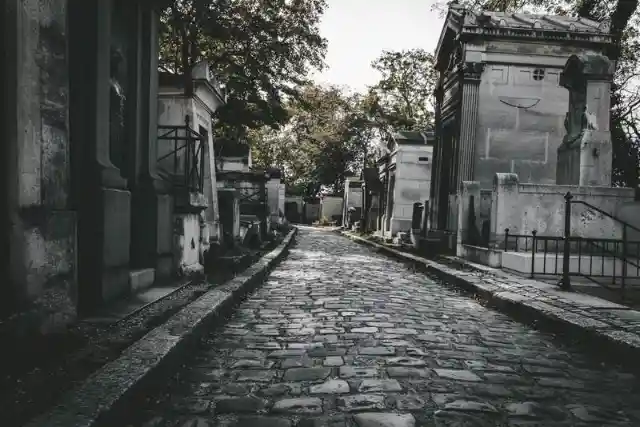
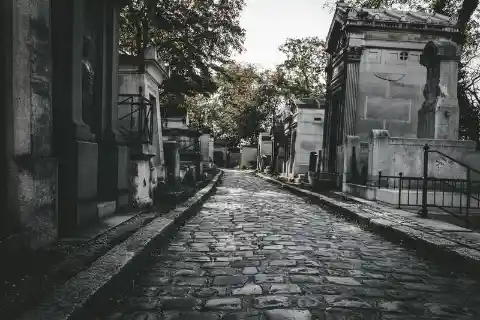
Napoleon I founded it in 1804. Initially avoided because it was too far from the city center, it acquired prominence after the remains of several prominent persons, notably French philosopher Pierre Abélard, were relocated there as Part Of A Marketing Drive.
Washington DC's Arlington National Cemetery
This is a testament to American patriotism, more than a cemetery: nearly 360,000 American veterans lay in peace at this famed burial location. This cemetery, which is covered with headstones, is a lesson in American history, with most tourists going straight to John F. Kennedy's grave.
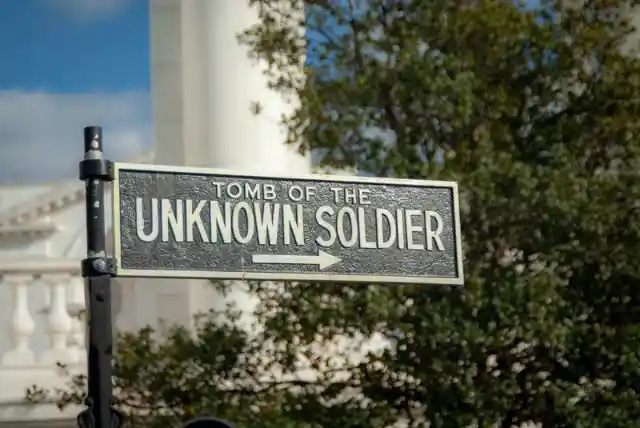
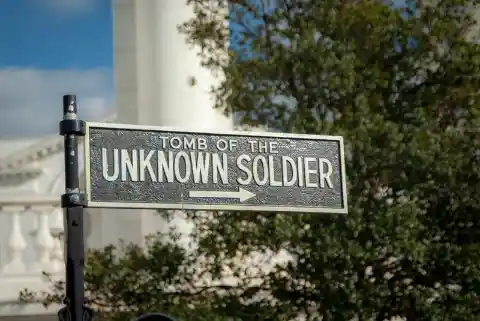
The changing of the guard at the Tomb of the Unknown Soldier takes place every thirty minutes in the spring and summer, and every hour on the hour from October to March.
Jewish Cemetery on Mount of Olives, Israel
First and foremost, this old cemetery is vast, and every visitor is awestruck by its size. Second, it is positioned on the slope of the Mount of Olives, providing breathtaking views of Jerusalem's Old City as well as a panoramic vantage point of some of the world's most important religious sites.
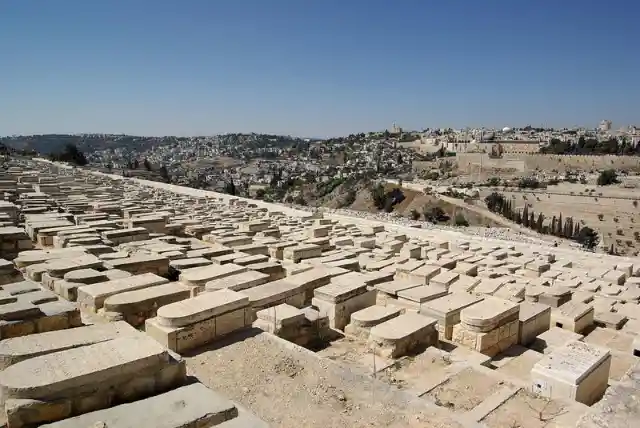
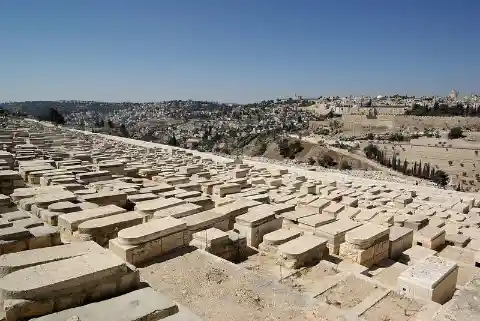
A visit here also provides an up-close view of Jewish practices like laying stones on graves, and rumor has it that you can even ride a camel around the top of the Mount.
Highgate Cemetery, London
Karl Marx's name is only one of many on the numerous stones in this cemetery, but it's mostly known as a filming site for horror films such as "Taste the Blood of Dracula" and "From Beyond the Grave." A tour leads guests past rotting tombstones and vegetation, providing one of London's most eerie experiences.
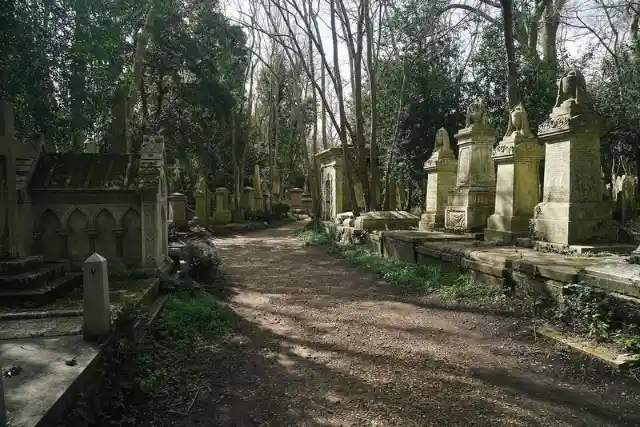
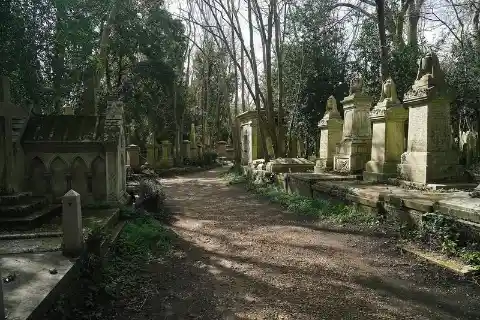
Highgate Cemetery is notable for its magnificent Neo-Gothic tombs, carved stone angels, and gloomy mausoleums, and is sometimes referred to as a "Victorian Valhalla." Approximately 170,000 people are buried in approximately 53,000 graves across the whole site.
Argentina's La Recoleta Cemetery
Cementerio de la Recoleta, or La Recoleta Cemetery, is a 19th-century cemetery in Buenos Aires, Argentina. Because of the swampy soils in the region, the site has above-ground mausoleums rather than burial grounds. La Recoleta presently covers 14 acres and has almost 4,000 vaults, 94 of which have been designated as National Historic Monuments.
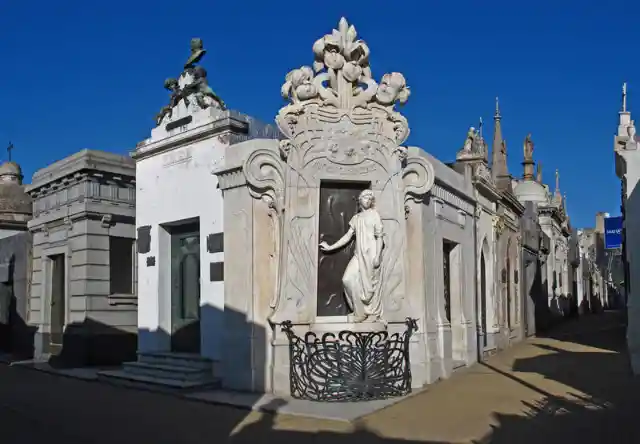
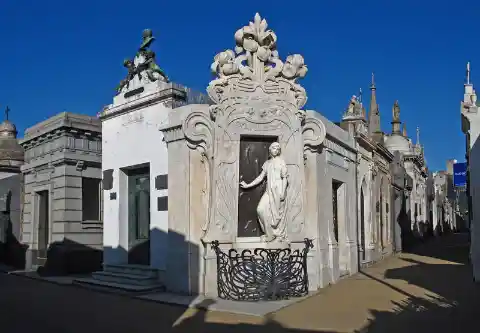
La Recoleta Cemetery resembles a city more than a burial site with its majestic neo-classical gates giving up to the meandering trees and mausoleum-lined lanes. It is one of the most famous sites in Buenos Aires and has numerous renowned graves, including that of actress and former Argentine First Lady Eva Perón.
Prazeres Cemetery, Lisbon
Many travelers wind up visiting this cemetery by accident. It is located at the terminus of the renowned "tourist tram" line, and its enormous graves capture attention, a huge pyramidal mausoleum belonging to the Duke of Palmela. It has an unusual name for a cemetery ("Pleasures"), but it is named after the neighborhood in which it is located.
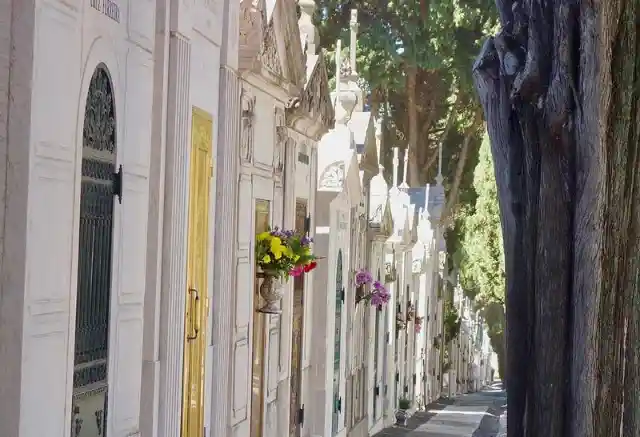
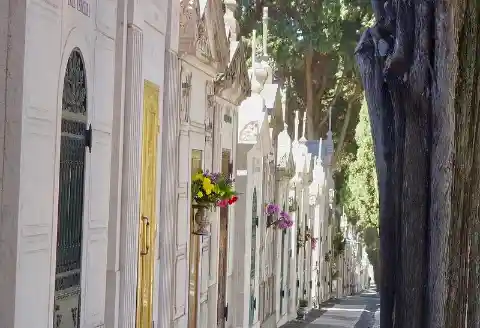
It is located on a hilltop and offers spectacular views of the city's iconic de Abril Bridge. The city's most renowned burial is situated not far away in the English Cemetery. That is the last resting place of Henry Fielding, the author of "Tom Jones," who died in Lisbon.
City of The Dead, Cairo
It is known simply as "al Qarafa" ("the graveyard") and appears to have as many dead as live citizens, as it is home to the city's poorest residents. For almost a millennium, the land has been a burial ground, although residences and stores have been constructed close to mausoleums and gravestones.
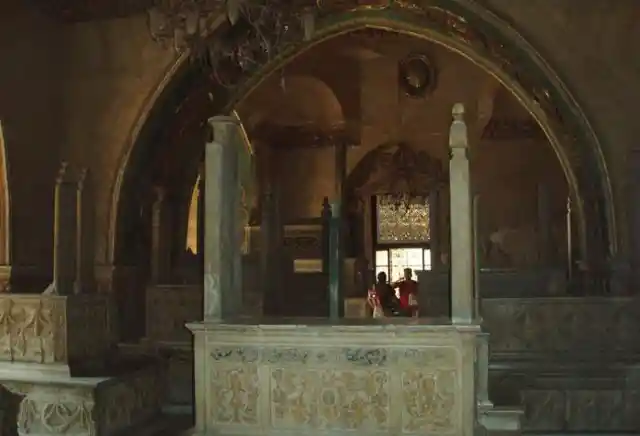
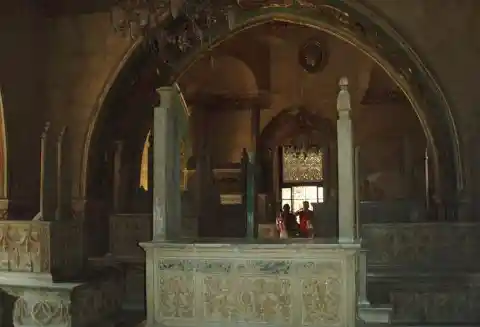
Local officials don't want it marketed as a tourist destination, so you won't be able to go on a bus tour with a large group, but you can visit it on your own before this unique neighborhood becomes a thing of the past.
Okunoin Cemetery, Japan
Okunoin, Japan's largest cemetery and one of its most respected religious sites, dates back to 816 AD and is home to the founder of Shingon Buddhism, Kobo Daishi. The approach to Daishi's tomb is bordered by approximately 200,000 monks' graves, 10,000 lights, and gigantic, moss-covered pine trees.
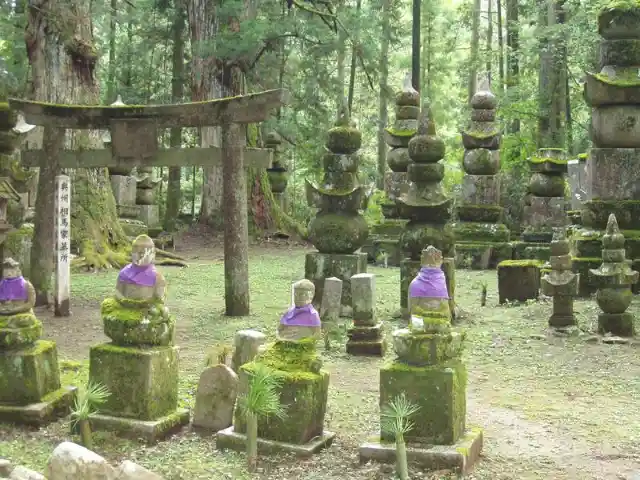
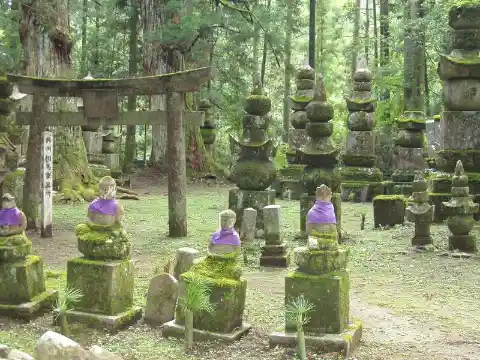
Okunoin also has a number of unusual tombstones, such as a spacecraft, a coffee cup, and a termite monument. Okunoin, now a UNESCO World Heritage Site, is recognized as one of the world's most tranquil cemeteries.
Neptune Memorial Reef, Florida
The Neptune Memorial Reef is an underwater columbarium that the architect envisioned as the world's largest man-made reef. People's cremated ashes (and little mementos of their remembrance) are mingled with cement to build stately columns that stand in an artificial reef inspired by the lost city of Atlantis here in the land of conch fritters and Key lime pie.
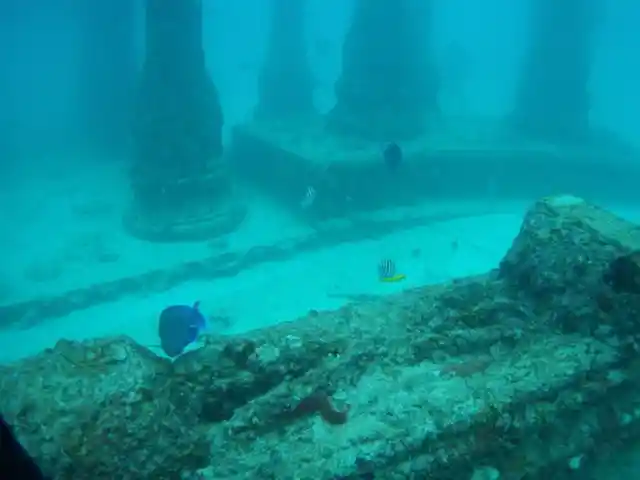
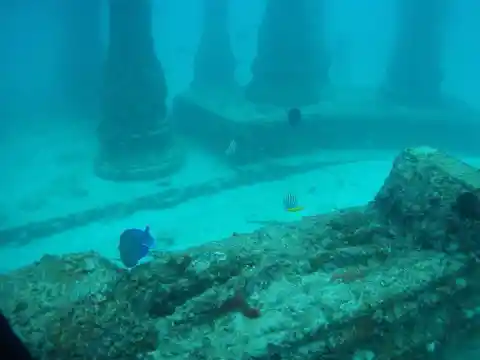
If that's too flamboyant for you, your ashes can alternatively be sculpted into the more modest shape of a shell or starfish.
Merry Cemetery, Romania
The Merry Cemetery in Sapanta, Romania, is not your normal burial ground: each tomb is identified with a carved cross with hilarious phrases and images inscribed on it. The objective is to look back on the deceased's life with a grin, recalling fond memories and cracking jokes, no matter how crude or risqué.
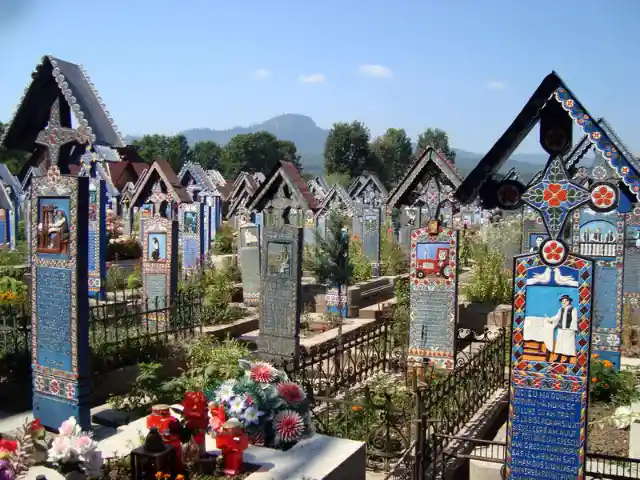
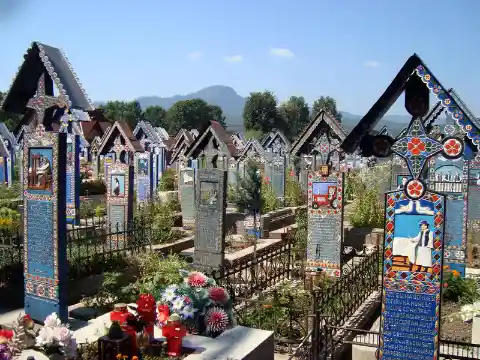
Stan Ioan Pătraş created all of the carvings, paintings, and inscriptions between 1935 and 1977. After carving his own crucifix, he delegated the task to apprentice Dumitru Pop. The Merry Cemetery is today a functioning burial ground, a national museum, and a famous tourist destination.